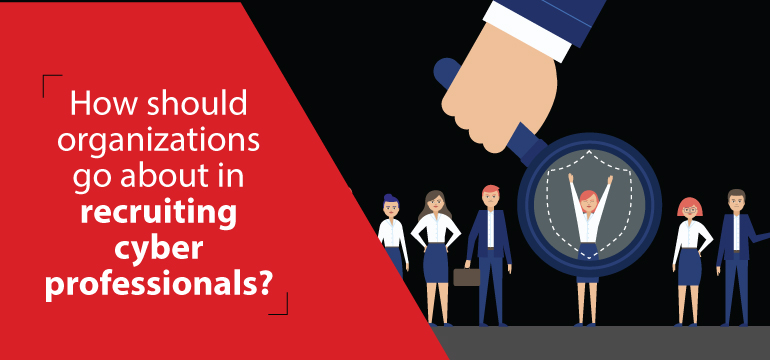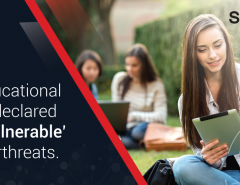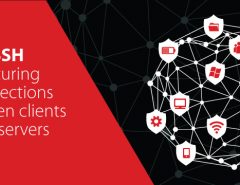The cyber threat landscape is one of the most talked-about issues, across industries, currently. The dynamic nature of cyberattacks automatically transforms cybersecurity to be the complete opposite of a stable function. Cybercriminals and hackers are trying to find new ways to attack enterprise systems almost every single second. Trends change quickly – yesterday’s threats can become outdated the next day and what works as a cybersecurity measure today may well have no effect tomorrow.
No wonder then, that cybersecurity as a core enterprise function struggles with the talent gap. A Frost & Sullivan report observed that the global cybersecurity workforce will have more than 1.5 million vacancies by 2020. To fill this gap, enterprises need to be agile and think on their feet to procure cybersecurity talent.
If they don’t, it is more than likely that the consequences could be disastrous – faced with mounting cybersecurity threats of varied nature and dimensions, an enterprise could end up with unskilled personnel to deal with a real threat.
So how can enterprises find a sustainable solution to fill this gap?
Some pointers that enterprises can consider are –
Look beyond degrees
Cyberthreats and the knowledge to defend the enterprise against them are always outsmarting each other. The continuously changing nature of the cybersecurity threat landscape means that the knowledge on how to fight these threats is also ever-changing. That inherently means that this is not a skill or talent that can be really gauged by conventional degrees.
Hence, instead of conforming to norms and force-fitting cybersecurity graduates, enterprises must broaden their horizons. They must instead look beyond degrees and identify the inherent traits required to solve cybersecurity problems when they hire employees.
Look for a culture fit
To invest in good, reliable cybersecurity personnel, enterprises must identify certain cultural traits and aim for hiring along those lines. Candidates must be inquisitive with a knack for problem-solving and going into the depth of problems to understand them. They should be good at pressure handling and should always have a back-up plan. But, most importantly, they must have a bent of mind towards cybersecurity, understanding its significance, its importance and exhibiting cyber-secure behaviour in their own actions.
Invest in certifications
The best way to keep up with changing cybersecurity trends is to ensure personnel take certification courses which help them stay updated. Many organizations offer such certifications as a part of their Learning & Development calendar. To develop skill sets in the IT security domain for partner workforces, Seqrite also offers certification courses like Seqrite Certified Endpoint Security Professional and Seqrite Certified UM Professional, enabling professionals to demonstrate product features, configure security policies and deploy products in standard environments.
Develop and maintain strategic objectives
Ultimately, considering the criticality of cybersecurity for an enterprise, it is extremely important for it to begin at the board level of an organization. Enterprises must have clearly-defined strategies and policies on cybersecurity, outlining their protection mechanisms, what they are trying to achieve and how they execute plans.
This will ensure that enterprise cybersecurity has a roadmap and is not being dealt with in a casual manner, be it managing the talent gap or absorption of new cybersecurity talent. It is also important for enterprises to maintain cybersecurity programs within the organization and encourage upskilling.
By keeping the above pointers in mind, enterprises can sustain the growing cybersecurity challenge by opening a constant channel of highly upskilled cybersecurity professionals and cyber – secure the enterprise.




